Blog 
The Ultimate Guide to Choosing the Right Marine Hose for Your Boat
When selecting the appropriate marine hose for your vessel, understanding the various types available is crucial to ensuring safety and efficiency. A report from the National Marine Manufacturers Association (NMMA) indicates that inadequate hose selection can lead to significant failures, contributing to over $300 million in damages annually within the boating industry. The quality and durability of marine hoses are essential, as they are specifically designed to withstand harsh marine environments, adverse weather conditions, and the unique challenges posed by saltwater exposure. With a growing boat ownership trend, which has seen a 12% increase in the last five years according to recent industry statistics, the importance of choosing the right marine hose cannot be overstated. This guide will delve into the specifics of various marine hose types, ensuring that boat owners make informed decisions tailored to their needs.
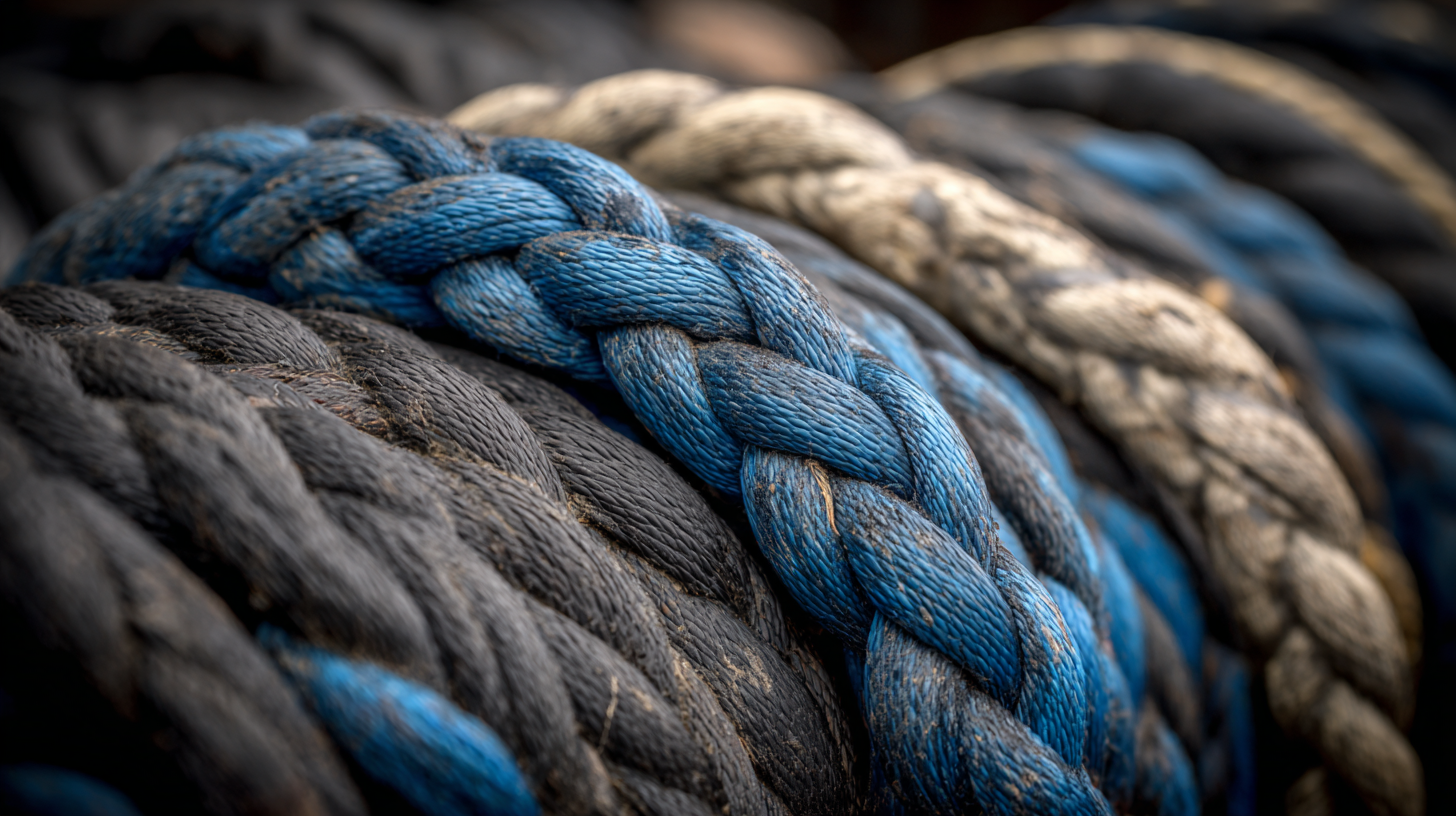
Understanding Different Types of Marine Hoses and Their Uses
When it comes to equipping your boat, selecting the right marine hose is crucial for efficiency and safety. Marine hoses are specifically designed to withstand the harsh marine environment, and they come in various types to serve distinct purposes. According to a report by the Marine Industry Association, incorrect hose selection can lead to as much as a 20% reduction in system efficiency, underscoring the importance of making informed choices.
There are mainly five types of marine hoses: fuel hoses, water hoses, exhaust hoses, sanitation hoses, and factory hoses. Fuel hoses, typically constructed from high-quality rubber or reinforced materials, are essential for transporting gasoline or diesel. The American Boat and Yacht Council (ABYC) recommends hoses that meet specific regulations for fire resistance and pressure endurance. On the other hand, exhaust hoses must tolerate high temperatures, while sanitation hoses require durability against waste materials.
Regularly updating to the latest standards ensures compliance and safety, and selecting the right hose can enhance the lifespan of your systems significantly.
Key Considerations When Selecting Marine Hoses
When selecting the right marine hose for your boat, several key considerations come into play. First, it's essential to evaluate the specific application of the hose, whether it's for fuel, water, exhaust, or sanitation. Each type of fluid demands a unique hose material and construction to ensure safety and performance. For instance, fuel hoses need to be resistant to the chemical properties of the fuel they transport, while water hoses should be designed to withstand pressure changes and UV exposure.
Another critical factor is the hose's diameter and length. Proper sizing is crucial not just for efficiency but for preventing potential leaks or pressure drops. Measure the installation points accurately and account for any bends or curves in the routing to ensure a perfect fit. Additionally, consider the hose's flexibility; a more flexible hose can make installation easier, especially in tight spaces. Lastly, always opt for hoses that meet marine industry standards for durability and reliability, ensuring that your boating experience remains safe and enjoyable.
Comparing Material Types: Rubber, PVC, and Other Options
When choosing the right marine hose for your boat, it's essential to compare the material types to ensure optimal performance and longevity. Rubber hoses are a popular choice due to their excellent flexibility, resistance to wear and tear, and ability to handle high-pressure applications. They can withstand extreme temperatures, making them suitable for various marine environments. However, they tend to be heavier and may require more care to prevent degradation from sunlight exposure.
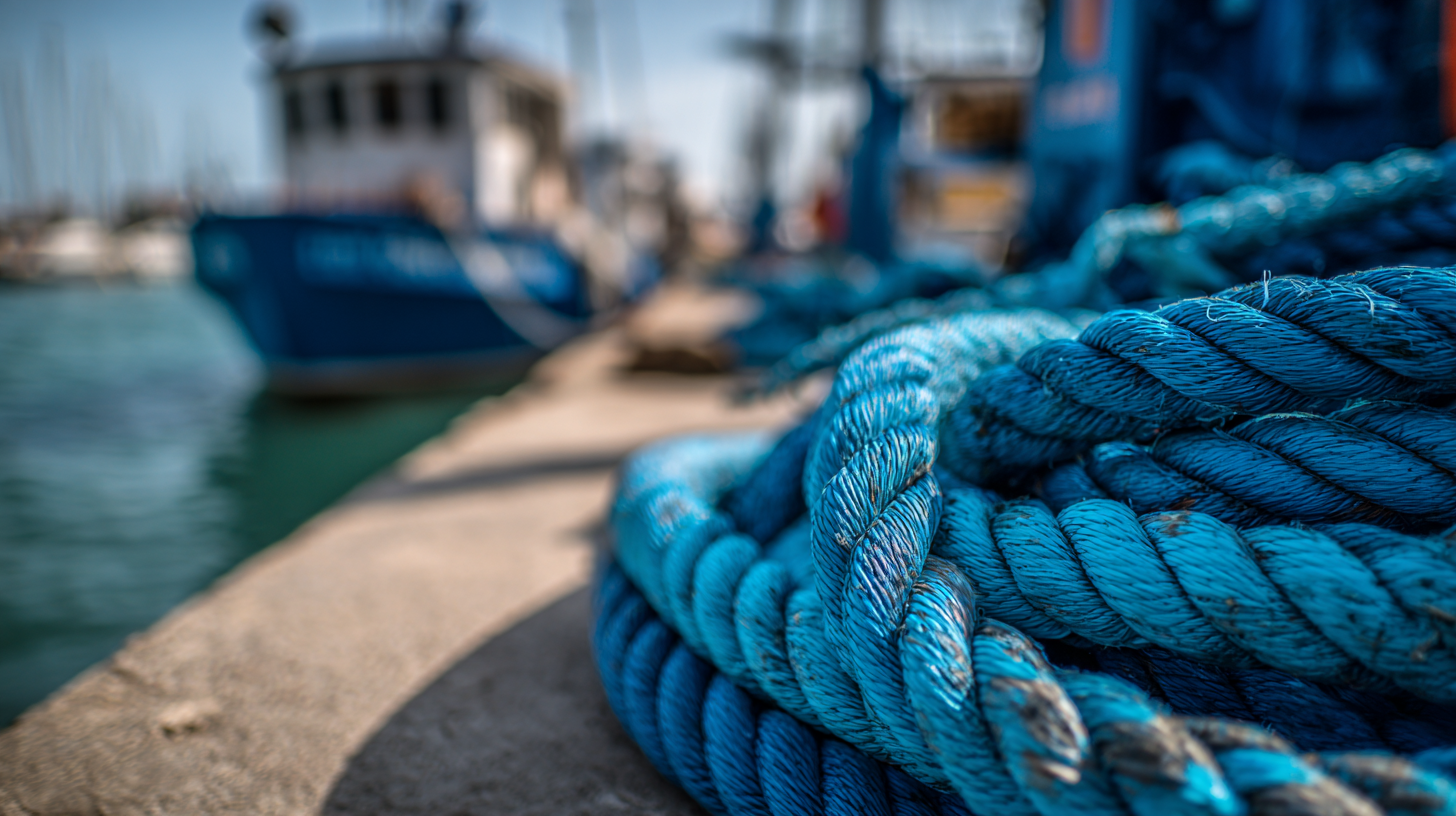
PVC hoses, on the other hand, are lighter and more affordable. They offer good chemical resistance and are often used for less demanding situations, such as bilge pumps or potable water systems. However, they may not perform as well in extreme temperatures or under high pressure. It's crucial to evaluate the specific needs of your boating activities when selecting PVC hoses to ensure they meet your requirements.
Tips: Always check the manufacturer's recommendations for hose selection based on your boat's specifications. Regularly inspect hoses for signs of wear, such as cracking or swelling, to prevent unexpected failures. Finally, investing in high-quality hoses might cost more upfront but can save you from costly repairs in the long run.
Essential Installation Tips for Marine Hoses
When it comes to marine hoses, proper installation is essential for ensuring both performance and safety. According to the Marine Industry Association, inadequate hose installation can lead to leaks and potential failures that may compromise vessel integrity. To achieve a secure installation, it is crucial to select the right type of hose for specific applications—whether for fuel, water, or exhaust systems. The American Boat and Yacht Council emphasizes using hoses that meet established industry standards, such as SAE and ISO ratings, which ensure durability and resilience against harsh marine environments.
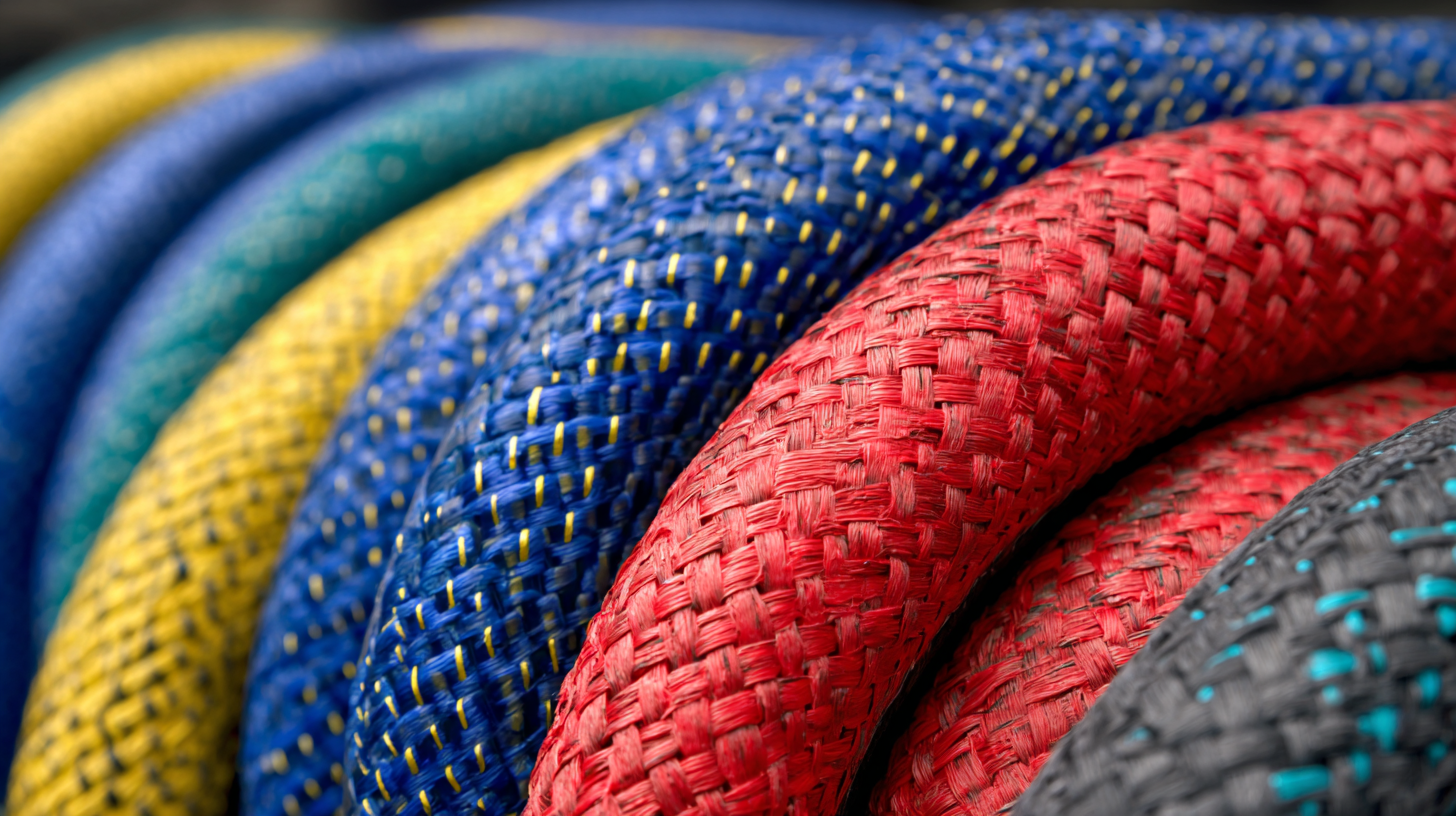
One fundamental installation tip is to ensure that hoses are cut to the correct length. Overly long hoses can create unnecessary bends and kinks, resulting in restricted flow and increased wear. Additionally, securing hoses with quality clamps is vital; a study published in the Journal of Marine Engineering indicated that up to 35% of hose failures were attributed to inadequate clamping techniques. It is also advisable to inspect all fittings and connections for signs of wear before installation, as any weak points could lead to costly repairs and safety hazards down the line. Proper care during installation not only enhances performance but also prolongs the lifespan of your marine hoses.
Maintenance Practices to Extend the Life of Your Marine Hoses
Regular maintenance of marine hoses is crucial for ensuring their longevity and optimal performance. To begin with, it is essential to conduct routine visual inspections for signs of wear, such as cracks, bulges, or discoloration. This proactive approach allows for early detection of potential issues, preventing more severe problems down the line. Additionally, checking the hose fittings and clamps for corrosion can help maintain a secure and leak-free connection.
Cleaning marine hoses is another vital aspect of maintenance. Using fresh water to rinse off salt, dirt, and debris after each outing will help prevent the buildup that can lead to corrosion and reduce the lifespan of the hoses. Furthermore, it’s important to avoid over-tightening clamps, as this can damage the hoses and impair their functionality. By incorporating these maintenance practices into a regular schedule, boat owners can significantly extend the life of their marine hoses, ensuring a safer and more efficient boating experience.
Related Posts
-
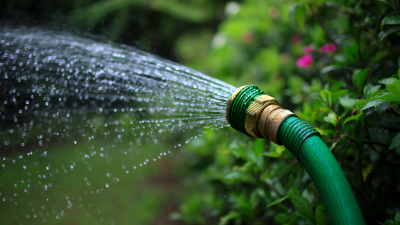
Understanding the Advantages of Fire Hose Garden Hose Combinations for Efficient Watering Techniques
-
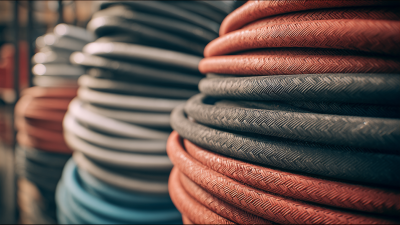
The Ultimate Guide to Choosing the Right Flexible Gas Hose for Your Needs
-

Understanding the Benefits of 4 Flexible Hose for Home and Industrial Applications
-
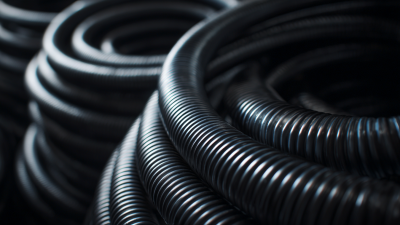
Understanding the Essential Role of Industrial Hose Manufacturers in Modern Industries
-
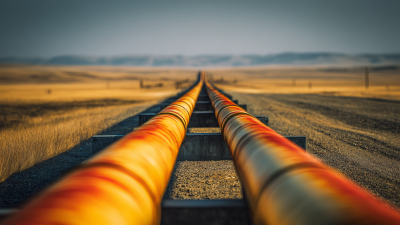
Understanding the Essential Role of Gas Tubing in Modern Energy Solutions
-

Understanding the Latest Innovations in Marine Hose Technology: Boosting Efficiency and Safety in Marine Operations
